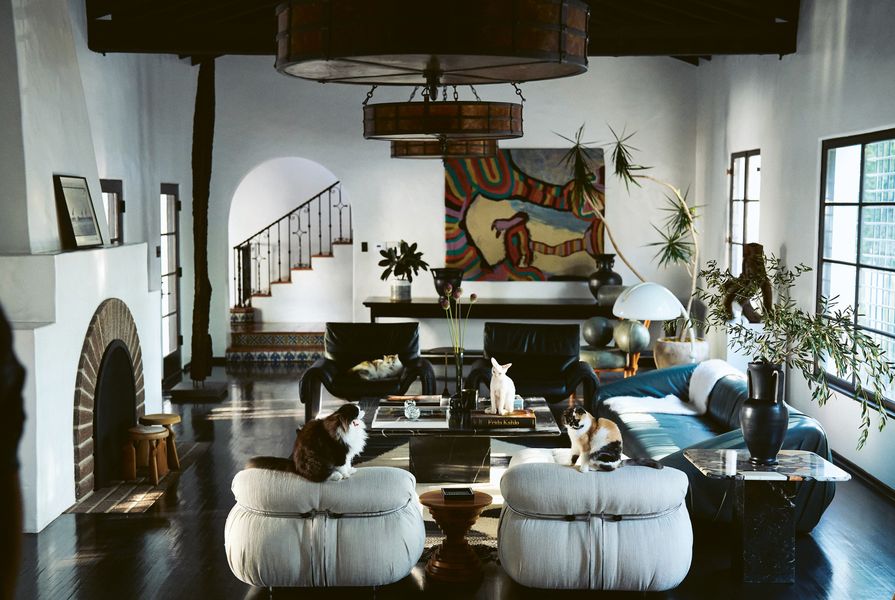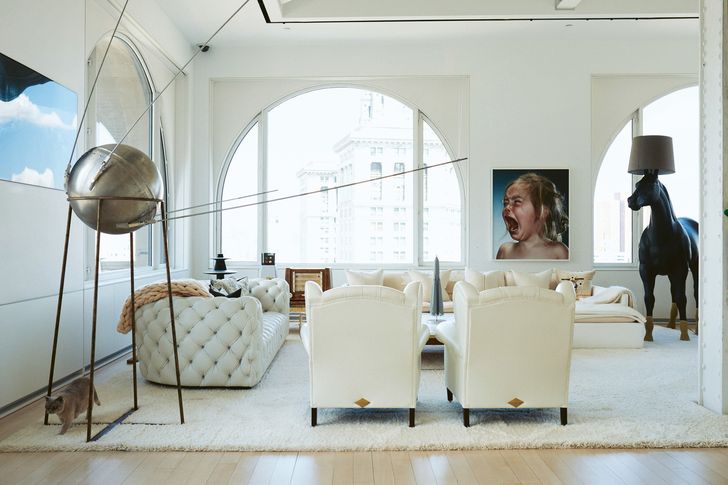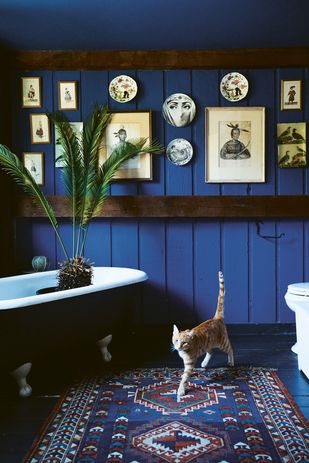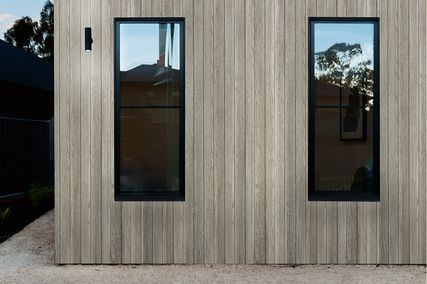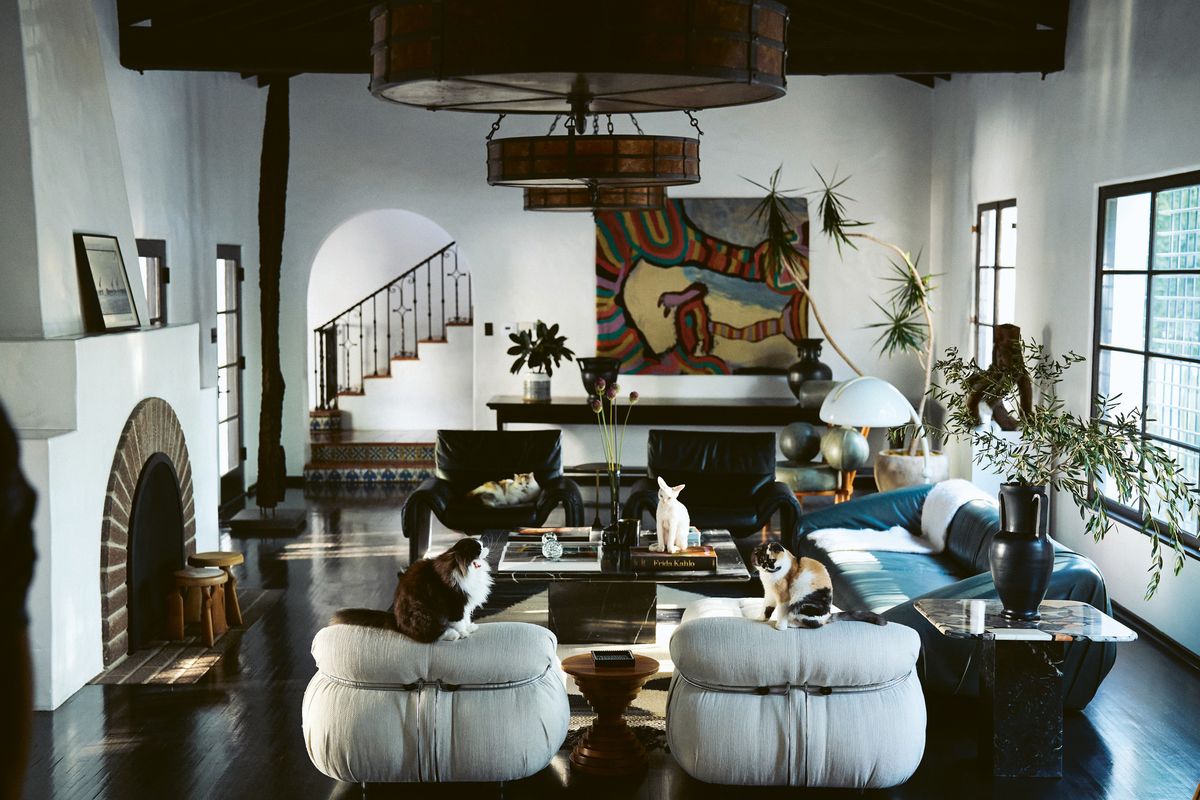“House Cat is not a book about cats,” the author and photographer, Paul Barbera, quickly asserts in the first sentence of the publication’s introduction. “Nor is it a book on interiors,” he said. “It is somewhere in-between: a look at how cats and interiors interact, and how cats become a fundamental part of the home.”
House Cat by Paul Barbera with Rafael Waack.
Image: Paul Barbera
The book invites you into the homes of fifty felines, taking you on a behind the scenes expedition through their living spaces – their preferred spots for perching, the furniture they treat as climbing equipment and the beds they sprawl out on when their human housemates are not in eyeshot. In touring the residences, readers are provided a fascinating snapshot of a home’s usage and functions, beyond just the human experience.
Featuring cats with sophisticated and regal names such as Captain Reginald Henry, Lady Penelope, Judy Garland, Monty, Holly Go Lightly, Matsu and Pinot – the book takes you into their inner sanctum, prompting the question: what makes a house a home? Is it material items, sentient beings or can it be a combination of both?
Lady Penelope roaming about her castle in New York. Archtiect: David Hotson. Interior designer: Ghislaine Viñas.
Image: Paul Barbera
Barbera, an Australian-born, New York-based lifestyle and interiors photographer, developed House Cat as a sequel to an earlier book he published titled: Where They Purr. While both works predominantly feature residences that have been designed by an architect or interior designer, Where They Purr showcases breathtaking Australian houses, whereas House Cat instead invites readers into luxurious homes in the United States.
“Where They Purr was the first iteration of this theme,” Barbera said, “I shot it in Australia in between lockdowns, before returning to New York, which has been my home for over a decade. When I got back to the states, it felt natural to celebrate US cats. After all, why should they miss out?”
Roy Boy prowls about his New York home, designed by interior designer, Mieke Ten Have.
Image: Paul Barbera
Residential works from a range of architecture firms and interior design studios are showcased throughout the book, including projects by Peter Pennoyer Architects, David Hotson Architect, Assembledge, Ralph Carlin Flewelling, Ghislaine Viñas and Michael Trapp.
The book introduces readers to houses of all different architectural styles, cultural influences and design languages. From a mid-19th century Greek Revival home, a converted 18th-century barn and a Mexican hacienda-inspired home in Los Angeles to a quintessential New York loft, each home is presented through exquisite imagery. Audacious sculptural pieces, layered materials, avant-garde objects and custom artworks form the backdrop of the furry subjects lives.
Matsu relaxes in his Southampton, New York, home designed by interior designer, Timothy Godbold.
Image: Paul Barbera
Each featured house is accompanied by an amusing question and answer component that provides insight into each feline’s temperament. From the responses and images presented, it’s clear from the cats interaction with their living environment that they have a way of making the space their own. They cleverly use furnishings and fixtures to serve their own needs – as a launching pad, a place to lie or even as a makeshift obstacle course. As Barbera observed, “the cats … while they accept their human housemates, they won’t modify their behavior for them.” And the humans? Well, they accept their feline companions as they are as well, even forgiving them quickly for any marring of furniture.
To purchase House Cat, visit here.

